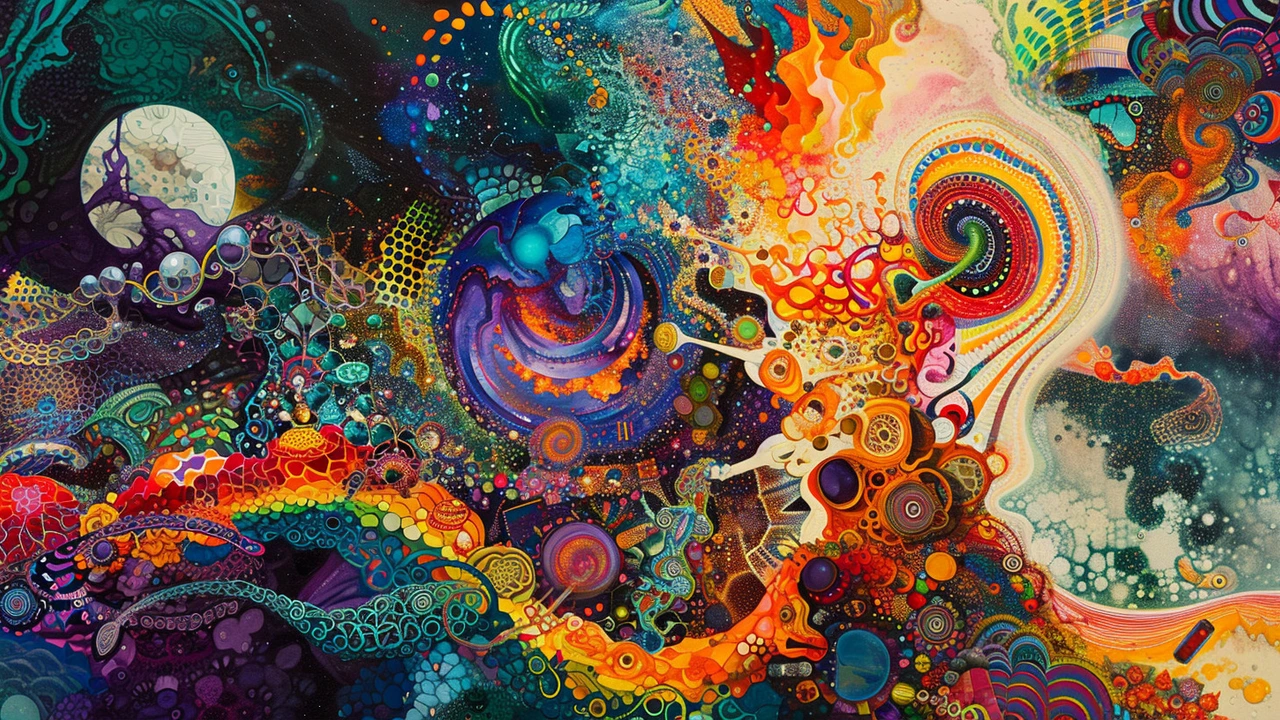Art Innovation: How Artists Push Limits and Change What We See
What happens when artists refuse to follow the rulebook? They invent new ways to make, show, and use art. Innovation in art isn't just a label — it's practical: new materials, fresh formats, tech tools, public works, and ideas that make people stop and think.
Art innovation appears in movements, spaces, and everyday objects. Photorealism taught painters to copy the camera's detail. Bauhaus married craft with function and reshaped furniture and buildings. Fluxus used humor and performance to break down distance between artist and audience. Land art moved sculpture into parks, changing how cities look and feel.
Where you’ll find it
Look for innovation in unexpected places: murals and plazas, avant‑garde home décor, immersive installation rooms, video games that borrow futurist ideas, and even tattoos inspired by ukiyo‑e prints. Museums show it, but public spaces often carry the boldest experiments. Tech like VR, AR, and AI now add new tools for making and viewing art.
Innovation also shows up inside movements that seem oldschool. Cubism changed perspective; Constructivism influenced graphic design and political visuals; De Stijl gave designers a clean grid that still drives modern layouts. These shifts teach one lesson: new rules come from mixing ideas, not repeating what worked before.
How to use this as a maker or a fan
Try these simple steps: swap one tool or material in your process, mix a craft with a tech method, and make something meant for a specific place like a wall or a park. Collaborate with someone outside your field—an architect, programmer, or musician. Visit public art and take notes on scale, material, and how people move through the work. When you study examples, read about the context: why was the change needed?
Creativity that matters usually solves a problem or changes how people act. Photorealists solved accuracy problems in painting. Bauhaus solved how to make useful objects beautiful. Modern innovators solve new problems—how to make cities livable, how to use screens to create presence, how to make private rooms feel like galleries.
Here are quick projects you can try this weekend: build a tiny installation in a corner using string, mirrors, and a lamp to study light and motion; paint a photorealist study from a phone photo to learn edges and value; design a poster using De Stijl grids and bold color blocks; map a local park and place simple land art interventions—rocks, planted seeds, or chalk paths—to see how people react; make a short Fluxus-style performance that lasts under two minutes and invites audience participation; try an AR filter that layers texture over a wall and test it on your phone. Each project teaches a tool you can reuse in bigger work. Keep notes and photos to track progress weekly.
Want more ideas? Browse the Art Innovation tag at Paul Artistry to see pages on photorealism, installation art, Bauhaus, futurism, Fluxus, land art, and more. You’ll find clear examples and tips you can try this week.

